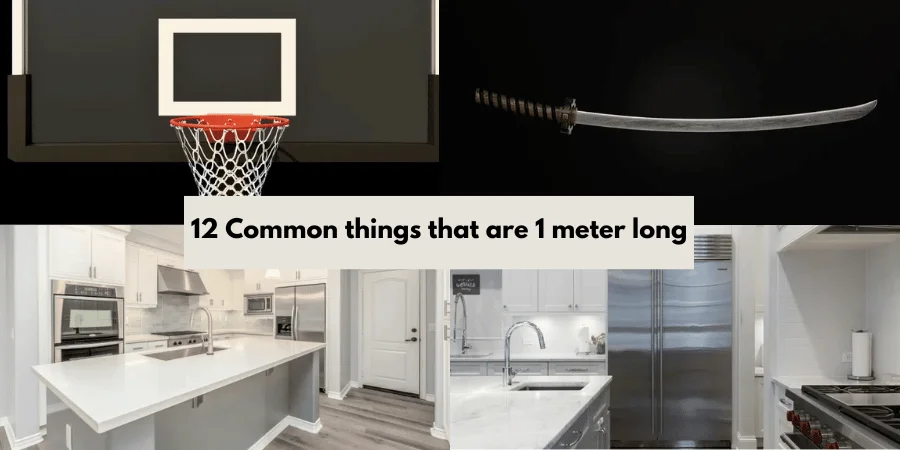Did you know that the strings of a standard guitar measure about one meter? This example offers a tangible perspective on measurements and helps clarify the concept of length. In sports, the mid-court line markings of a basketball court are close to one meter.
These examples illustrate how our perception of spaces and distances can be enhanced by relating them to common objects. The meter, a fundamental unit of measure, becomes more relatable and easier to navigate when connected with familiar items in our surroundings.
Table of Contents
Toggle
How long is 1 meter?
A meter is exactly 100 centimeters, roughly 3.28 feet, or precisely 39.4 inches in length. This measurement is not just a number but can be visualized through items like a baseball bat or a large skateboard, offering a practical perspective on everyday dimensions.
How Big Is 1 Meter in the Human Body?
When we talk about a meter in everyday situations, it often serves as a standard reference for measuring various distances and lengths. But how does this translate to the human body? Imagine a meter as roughly the distance from your toe to your waist. This approximation helps us visualize the dimensions of items or spaces in relation to ourselves.
It’s a practical way to estimate how long something is without using tools. This comparison can vary slightly depending on the height and body structure of the adult, but it generally holds as a useful length guide.
1. Guitar

When you’re eyeing the size of a piece of fabric, or evaluating the space for a new piece of furniture, it’s often tricky to get an accurate sense of dimensions. Here’s a handy tip from my own experience: imagine an acoustic guitar. Yes, the guitar! It’s about a meter in length, which makes it a perfect natural measuring tool for such tasks.
Whether you’re figuring out if a new sofa will fit in your living room or how much paint you’ll need for a wall, picturing this musical instrument can give you a surprisingly precise estimation. This method is particularly useful in various contexts, whether in personal projects or professional settings, making the guitar more than just an instrument but a part of your measuring toolkit.
2. Cricket Bat
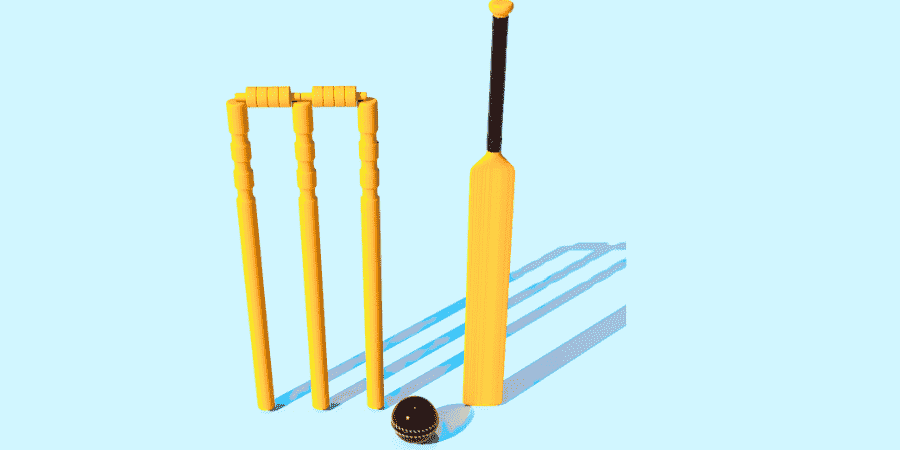
Growing up, every cricket fan knows the iconic cricket bat almost a meter long. These bats typically measure about 96.5 centimeters, a close approximation to a full meter, which equals 39.4 inches. This length has become a standard for adult bats, integrating the precision demanded by the game with a visible marker of size that’s recognized around the globe.
Whether at the local ground or an international stadium, the bat serves not just as sports equipment but as a reference point for metric measurements, making it relatable in our everyday lives. It’s a beautiful blend of sports and science, where even players casually use it to gauge distances while playing.
Also Read>>> Items That Are 3 Feet Long
3. A large Adult Step

In many African countries, the traditional way to measure the length and width of land is not with rulers or tape measures but by using steps. When an average 6ft tall guy takes what’s called a “big step,” this step typically covers about one meter.
This long stride is often comparable to somewhere between 80 centimeters and 100 centimeters, which can differ based on how tall the person is. This method of estimation, deeply rooted in local practices, provides a fascinating glimpse into how different cultures approach everyday measurements.
4. Golf Clubs
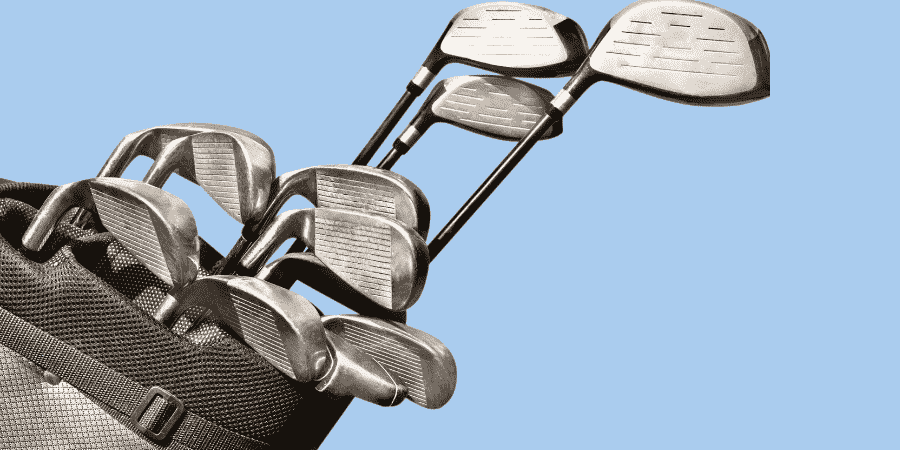
When considering common items around the meter mark in length, the golf club offers a unique perspective. A golf club’s dimension can vary greatly depending on the player preferences and types of shots they are aiming for. Typically, the drivers, which are the longest clubs found in a golfer’s bag, measure from 42 to 45 inches.
This range is particularly useful for leveraging our understanding of how long a meter is, as it translates to about 39.4 inches. This makes the upper end of a golf club’s length a close approximation to a meter, gauging it against a familiar backdrop of golfing equipment. Using this approximate comparison helps clarify the equivalent sizes in terms more relatable to those familiar with the sport.
5. A Refrigerator’s Width

When I need to estimate the length of an object or space without a ruler or measuring tape nearby, I find it incredibly handy to use the width of a refrigerator as a reference point. Most fridges range from 70 to 90 centimeters, making them a great quick, mental measurement for gauging close to a meter.
I often envision this when I’m in a pinch and need to make approximations about how big something is. It’s surprising how often this actual method has been aiming to help me verify space dimensions, especially when setting up new furniture or appliances at home.
6. Doorknob Height
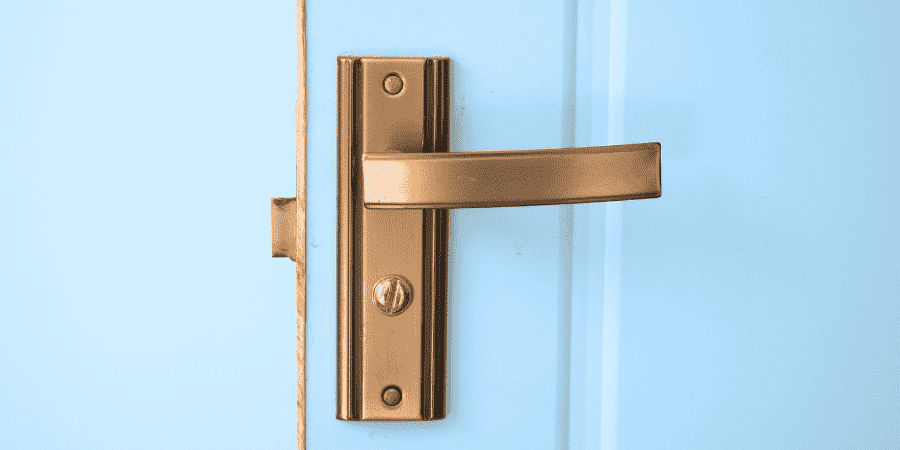
When you’re setting up your home, understanding the height of a doorknob, which usually sits between 0.9 and 1.1 meters above the floor, serves as a practical reference for measurement. This knowledge comes in handy especially when arranging artwork, shelves, or other items on your walls.
I found that using the doorknob’s height as a benchmark ensures everything is perfectly aligned, creating a cohesive look in your living space. It’s a simple trick that helps maintain balance in the decor and positioning of fixtures without needing professional help.
7. Yoga Mats
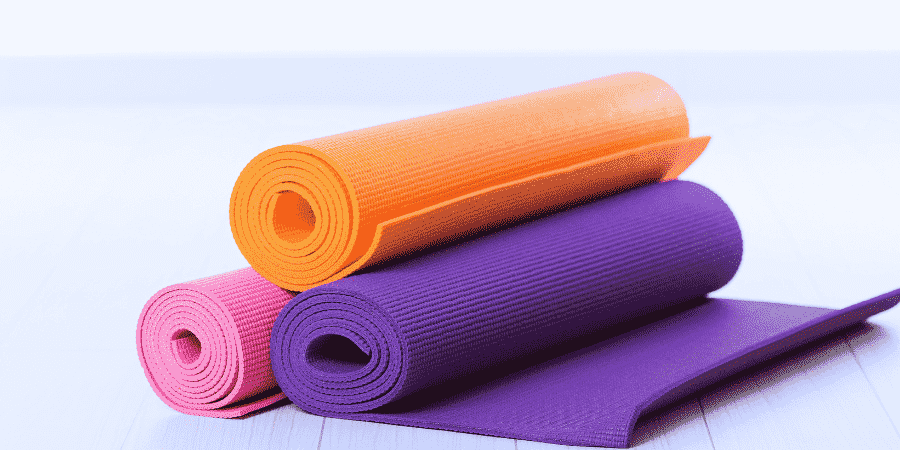
When exploring health and fitness essentials, the yoga mat stands out as a practical example of a common object that is about one meter long. These large, meter-wide mats provide ample space to comfortably perform various yoga poses, fostering both physical alignment and personal growth.
The width of these mats is not just about practicality; it also subtly teaches the universality of measurement. For many, a yoga mat becomes a makeshift measuring tool, offering a visual reference to the length of a meter without the need for a tape measure, making it integral to their daily practice.
8. Katana Sword
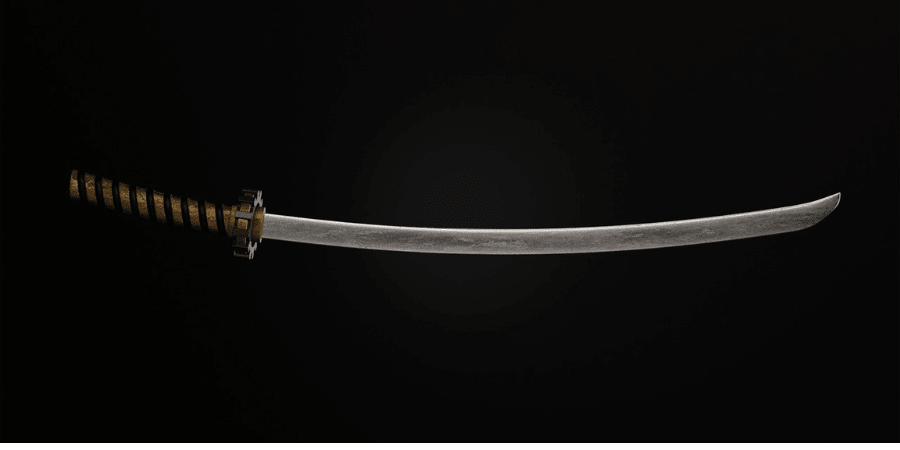
If you’ve ever dived into the world of martial arts or Japanese history, you might have encountered the Katana. This sword, used by samurai, isn’t just a weapon but a piece of art. Typically, the length of a Katana stretches close to a meter. In the traditional measurement system, this is about 3.5 shaku.
The blade itself makes up around 70 centimeters of the total length, with the remaining 30cm devoted to the handle. Holding a Katana for the first time, I was struck by the balance and craftsmanship, a testament to its revered status in Japanese culture.
9. Basketball Hoop

When you line two basketball hoops next to each other, each with a diameter of about 45 cm (18 inches), they almost reach 1 meter combined. This setup is a fun, visual way to think about meter measurements. Basketball hoops, known worldwide for their standard size, help represent half-meter steps in a setting that’s both familiar and full of spirit, play, and competition.
This method shows how flexible and intuitive it can be to use everyday objects for measuring things by length. It turns a simple concept into an engaging learning experience, especially in environments where hoops are readily available. This approach not only makes understanding measurements easier but also brings a new dimension to estimating sizes in a playful manner.
10. Height of a Kitchen Counter
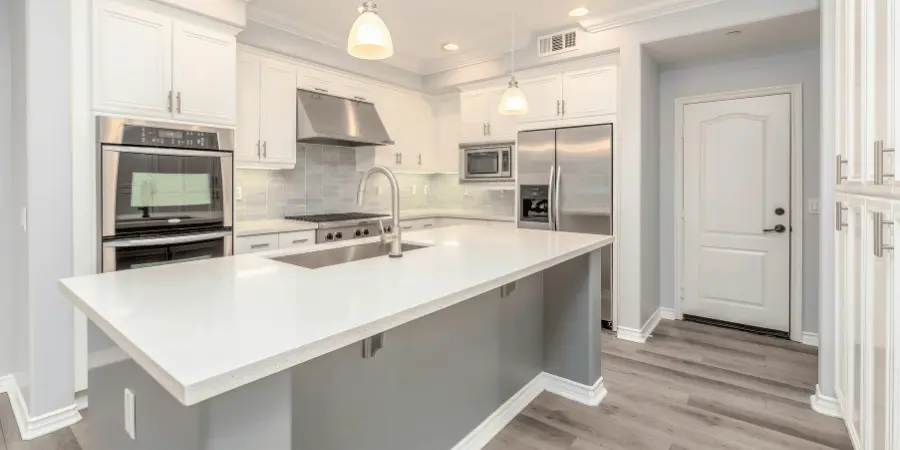
In my day-to-day projects, the height of my kitchen counter has become an unexpected but reliable reference for estimating lengths around the house. Typically designed for ergonomic food preparation, these counters usually range from 0.9 meters to 1 meters. This standard measurement acts almost like formal measuring tools, helping me to gauge the size of items and spaces.
Whether it’s aligning tables, arranging desks, or setting up other flat surfaces, knowing this height helps me ensure everything fits perfectly in my living space. The kitchen, being such an essential element of the home, offers more than just a space for meal prep but also a quick method for visualizing how big other objects are compared to that 1-meter mark. It streamlines my everyday tasks, making the mundane magnificent with mere measurements.
11. Ice Hockey Stick

In the dynamic world of sports, the ice hockey stick emerges as a perfect example of precision, balance, and control. Designed to be approximately a meter long, these sticks match the athletic demands of the game, adhering to rigorous standards while offering players the optimal reach and agility needed for swift movements on ice.
This length not only integrates well within the game’s fabric but also exemplifies the everyday applicability of one meter as a measurement unit in realms requiring speed and accuracy.
12. Whiteboard

In the world of education and professional communication, a medium-sized whiteboard often measures about one meter in height. This size strikes a perfect balance, providing a generous canvas for educators to illustrate complex ideas and for professionals to outline detailed projects.
I’ve seen these whiteboards become focal points in classrooms, bustling offices, and dynamic meeting rooms, where they facilitate a seamless flow of knowledge and creativity. They’re not just tools for learning; they are pivotal in the visualization of innovation, where every draft or preliminary sketch by artists transforms into a shared vision. The subtle application of the meter as a unit of measurement enriches this process, enhancing the shared space of ideas and possibilities.
Conclusion
Next time you find yourself without a ruler or measuring tape, think about how everyday objects can be effective tools for quick measurements. I’ve often used what’s around me to estimate distances, especially when working on home projects or when I’m outside and need to make sure something fits a particular space. It’s a common practice to use certain items as references for an approximate meter.
This method isn’t just about making do; it’s about using what’s available to visualize and achieve a surprising level of accuracy. These measurements are part of our life, helping us in more ways than we might initially consider.
FAQ’s
How Long Is 1 Meter in Feet?
One meter is equivalent to approximately 3.28 feet, allowing for easy conversions between metric and imperial measurements in everyday situations.
How Long Is 1 Meter in Inches?
One meter is equivalent to about 39.37 inches. This conversion is handy for various measurements and comparisons.
How Long Is 1 Meter in mm?
1 meter is equivalent to 1,000 millimeters.
How Long Is 1 Meter in cm?
One meter is equivalent to 100 centimeters, a fundamental measurement widely used in daily life and scientific applications.

